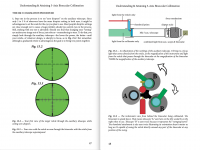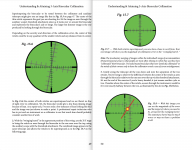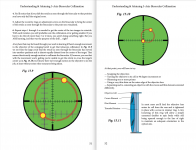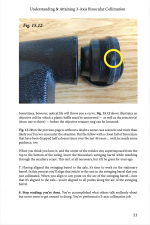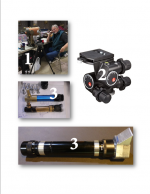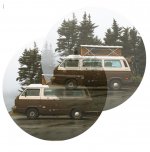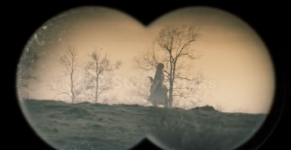The method I linked to requires a mirror, flashlight, and piece of cardboard. The collimation can be accurately checked, indoors, in a few minutes. Correcting misalignment takes longer but Rafael’s paper describes how to do that as well.
Hi Brink,
Judging misalignment requires eyes ... only.
That is, if the error is great enough or the observer’s spatial accommodation adequate enough.*** Correction of the alignment requires considerably more. If you are willing to spend time following Rafael’s train of thought, it works. My offering in post 48 is FAR, FAR less lengthy and complicated, is FAR easier to perform, requires no sophisticated equipment, is FAR more quantifiable and accurate.
PLEASE don't get me wrong. I support you performing whatever you desire. Collimation is collimation, regardless of the methodology you choose. But just because it is promoted by some self-appointed optician, it does not qualify as “COLLIMATION.” But as I have pointed out MANY times, 100% of the “collimation tips” splattered all over the Internet are ...
WRONG! ... and deal only with Conditional Alignment. The real fly in that ointment is that I follow the procedure of the scientists and engineers who created it 87 years ago.
And although I have shared it liberally for almost fifty years, I have rarely presented it without be followed immediately by someone who, almost always knows next to nothing about optics, but seems to have found a way to say:
"Ditch that BMW and take a ride on my tricycle." Not always does different mean better. That may be great for getting an ego stroke but it does not raise the bar of understanding.
Finally, for years I have been encouraging observers to come up with a procedure that replaces the MK5 concept—perhaps using a computer monitor and prisms or mirrors—to simplify the process. That, however, has YET to be done. And I feel confident that when it IS done, Rafael will be the man who does it. He is a great practitioner and he knows FAR more about mathematics than me.
I once had a customer whose binoculars presented the image of the van below.
(attached) Alignment was severely off in the X and Y axis. When I had the customer look through the bino as I pointed out the discrepancy, she said:
“Well, it looks just fine to me.”
Was she blind, stupid, not wanting to pay for a collimation job, or did she think binoculars were supposed to present an image like those so often seen on TV representing what looking through binoculars is SUPPOSED to be?!
(attached) Sadly, I have had many of those in my shop over the 21 years I was at Captain’s.
Cheers,
Bill






